
It’s a phenomenal time to be out, but it’s also important to understand the effect on our vision.
Twilight Hunting – understanding the time and light.
Deer are crepuscular (Derived from the Latin crepusculum (“twilight”). Different to nocturnal in that primary activity isn’t in the middle of the night. Many animals described as nocturnal are actually crepuscular. Meaning they are primary active during twilight.), meaning they are primarily active in that period between day and night. This is when they will move about and are most likely to come out from the bush into clearings to feed.
It’s also an advantageous time to hunt because lower light also helps with concealment. While Deer do have good night vision, there is no denying that they don’t see ‘better’ than during daylight hours.
Additionally, for those carrying around cameras – twilight brings something photographers refer to as the magic hours. Periods where the natural lighting is at its best.
However, there is one additional and very relevant aspect to hunters out at this time. The colour of the world changes on you. For a short period of time the whole world turns orange, then blue – the very colours we may be wearing to help differentiate ourselves from the surrounding environment.
Now, I don’t believe any serious studies have ever been conducted on this. This article is simply a combination of my knowledge of photography and hunting. Take from it what you will.

The stages of light.
Twilight – golden hour, blue hour
The two times this article is specifically about is what is known as the golden hour and the blue hour. Two points within twilight where the angle of the sun creates quite distinct shades.
The golden hour, as it suggests, consists of warm orange and red shades – beautiful for landscape photography – also a great time to make your blaze orange vest melt into the rest of the background.
Conversely, following on from the golden hour (or before, depending if it’s sunset or sunrise) come the blue hour – at this point the sun is below the horizon, but still producing enough light to still being able to see. Blue blaze? You are now potentially wearing night-time camo.
Conversely, blaze orange is going to stand out more during the blue hour and vice versa.
The challenge is of course – these are both excellent hunting times.
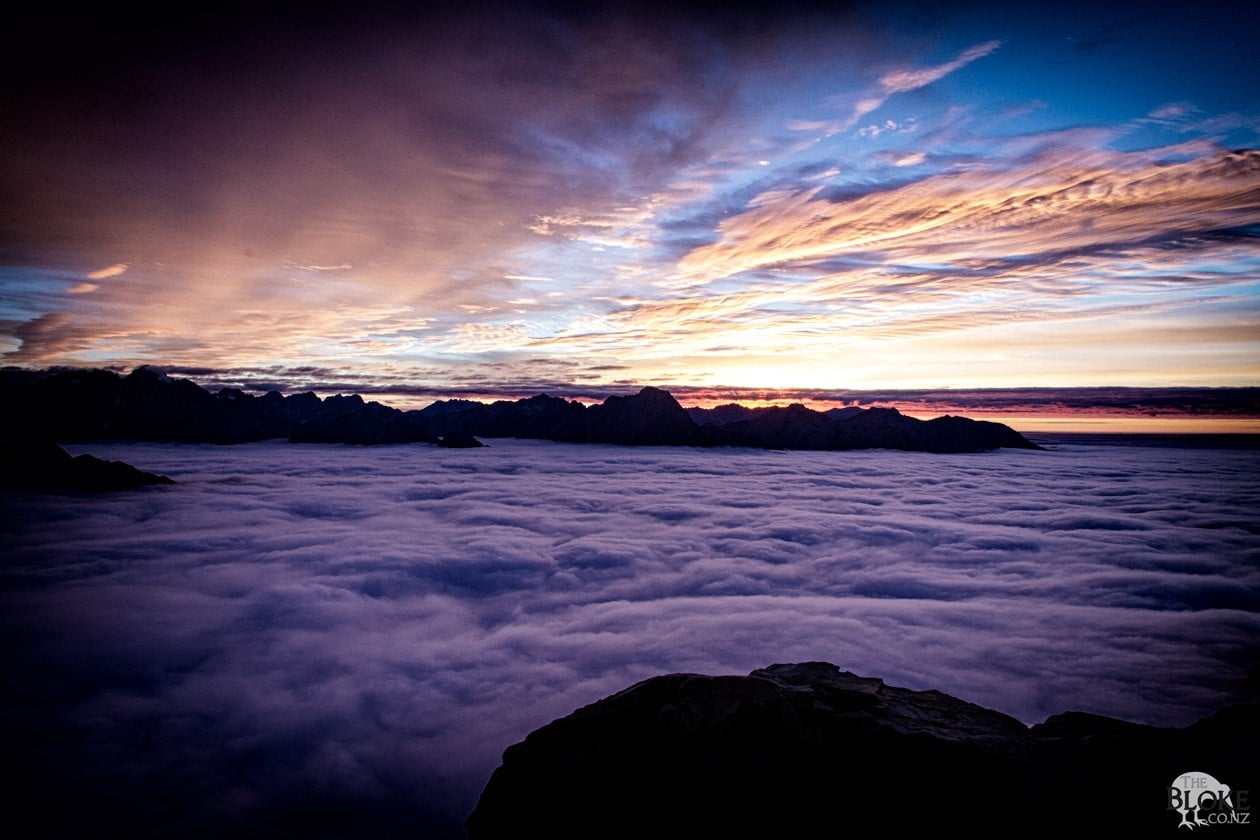

These photos were taken minutes apart at dawn.
See how the cold blue of the night is quickly turning into the warm orange of dawn?
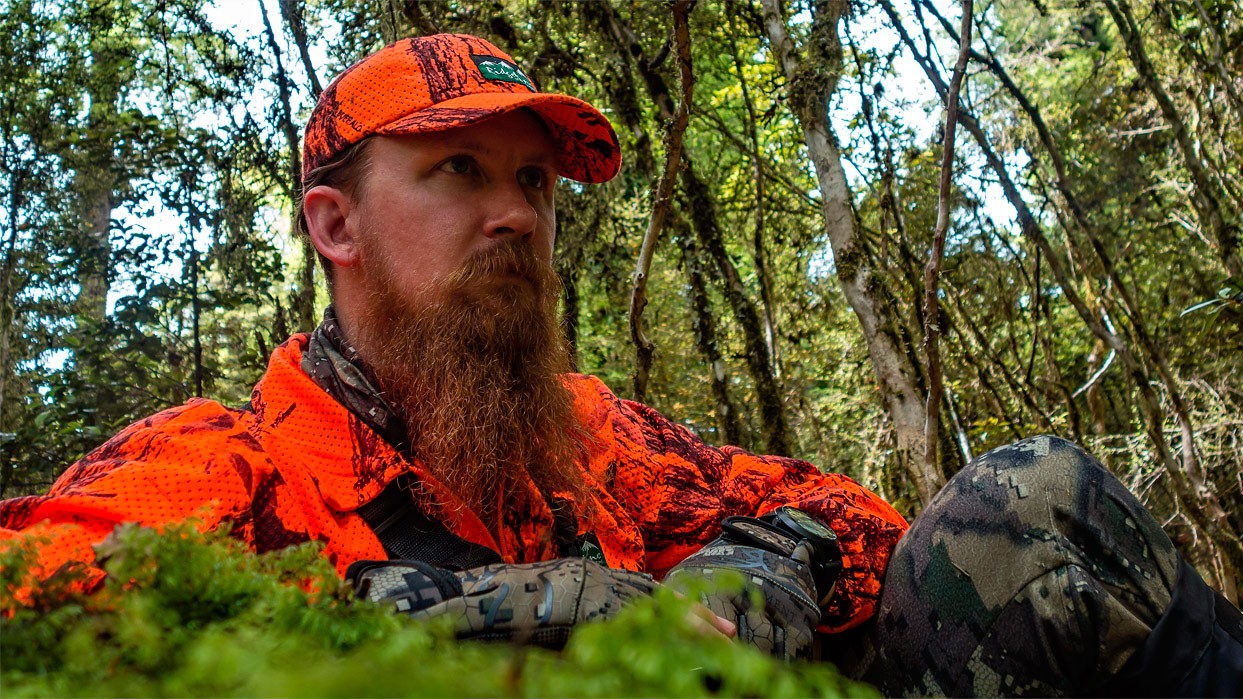 So, what color am I meant to be wearing then?
So, what color am I meant to be wearing then?
Well, sadly, there isn’t a perfect option. I guess a manufacturer could put out a reversible vest – but I don’t imagine most people are actually going to stop and turn their vest around. Besides, thanks to our wonderful brain – unless you are consciously thinking about it, you may not even notice the gradual shift from one stage to another.
Thankfully, there is one other aspect of both of these safety colors that helps. Fluorescence.
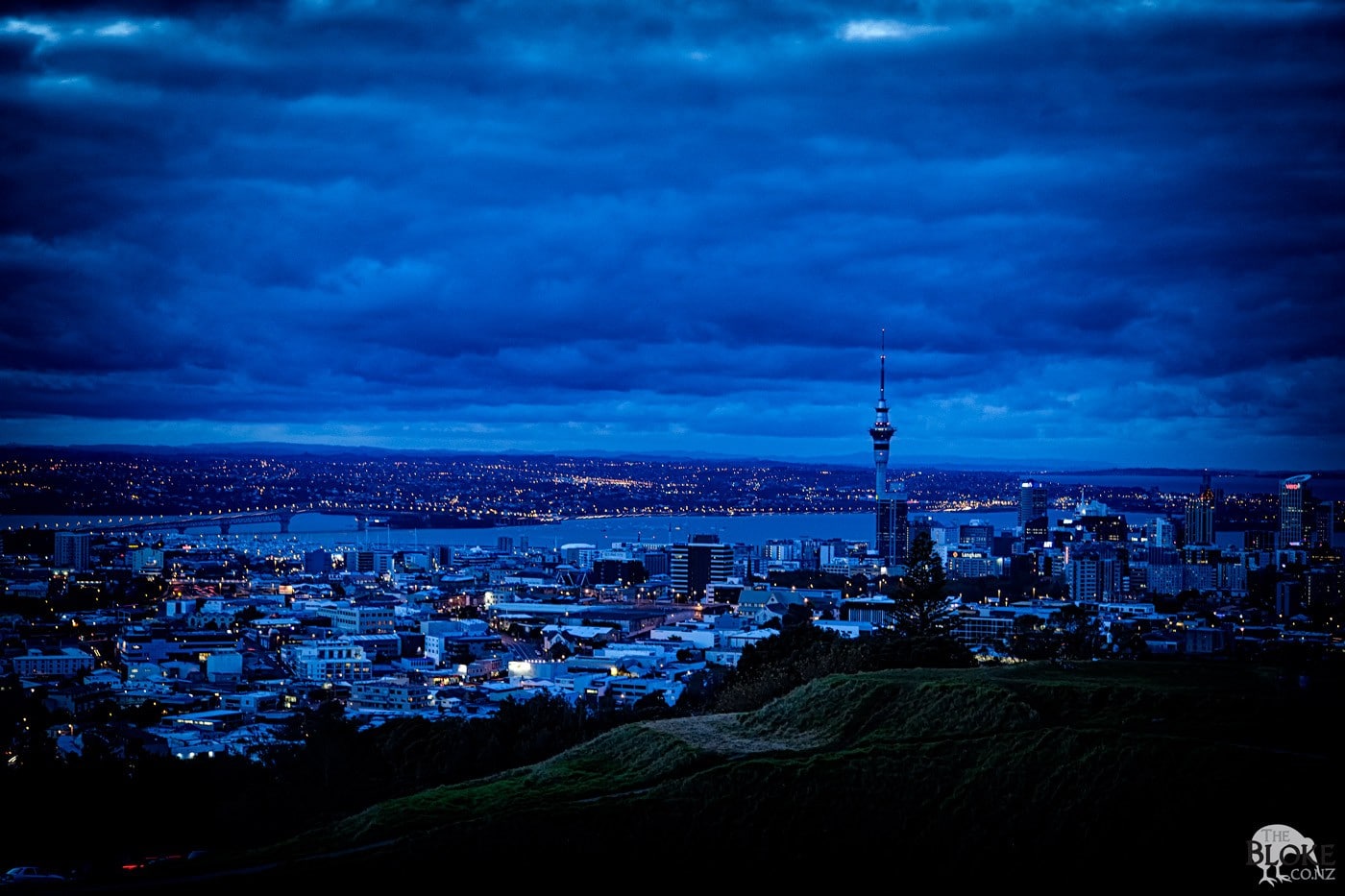
Yes, colors are enhanced. But don’t be surprised just how blue things get just before dark.
“When new, Blaze really does blaze.”
Fluorescence
Fluorescent colors use a larger amount of both the visible spectrum and the lower wavelengths compared to conventional colors. They not only absorb and convert light energy of the dominant wavelength, but also the wavelengths of ultraviolet rays and other colors lower in the visible spectrum. As a result, your eye perceives a far more intense color.
This is why a true fluorescent color will catch your eye much more than normal. There is additional information coming towards you that isn’t normally around. The brain is jolted by this and draws your attention to it.
When new, Blaze really does blaze. However, with time and washing, these brighteners quickly fade, and you end up with a garment that is essentially now a dull orange or blue.
Despite the claims that a faded blaze orange vest could look like a deer (no – it looks like a faded blaze vest), that fact remains that these safety garments are most effective when new. For their cost, it’s worthwhile replacing them on a yearly, if not even quarterly basis if you are heading out a lot.
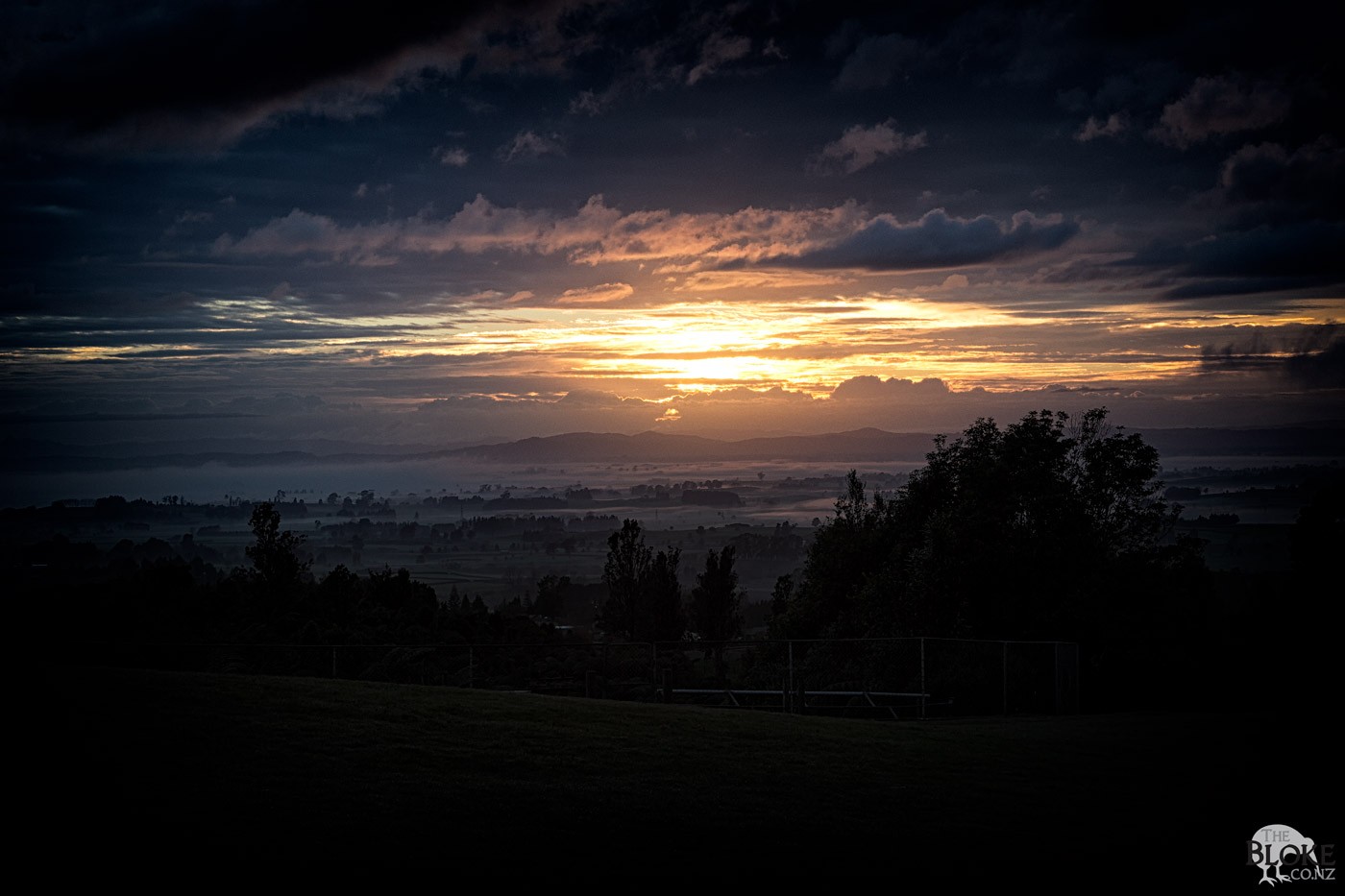
Changing colors. At certain points, you will have both gold and blue light.
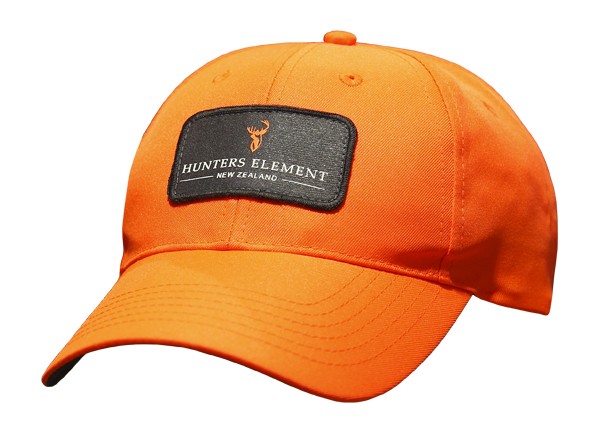
Suggestions?
This article doesn’t claim to have any answers regarding optimising your visibility during the changing colors of twilight, other than to say any blaze (new) is better than none.
More importantly, it is trying to highlight the importance of positively identifying your target before pulling the trigger. Twilight is the peak time to hunt – but we also need to be aware that it’s the time that our human vision is trying to deal with a lot. So be double sure what you are shooting at is what you actually think it is. Sound, movement, and color are not enough to positively identify something. You need to be able to tell the sex, the age and the condition of the animal you are shooting. Even then, ask yourself, more than once – could this be a person?
Stay safe out there.


